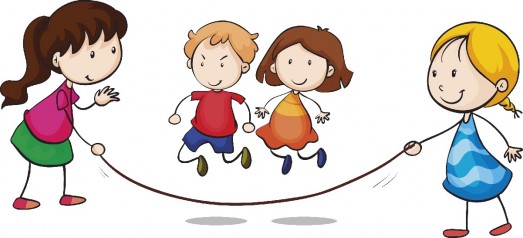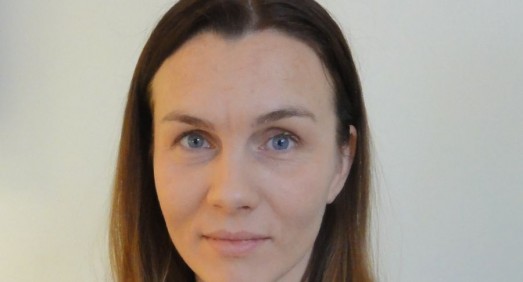Estonia developing new MOVING values with reformed “physical activity education”: Interview with Maret Pihu
20/09/2017

Cartoons by Liikumislabor
Next year, physical education in Estonia will be making a big transition towards a more holistic system, where the main focus will be on physical activity and self-assessment.
Physical activity and physical education (PE) are a mandatory part of any school curriculum. Together, they comprise one of the key approaches to developing regular exercise habits among children from as early as possible.
Today, physical activity is one of the best ways to positively influence energy balance and weight control. In light of a recent WHO report on adolescent obesity and related behaviours in Europe, it is necessary to stress the importance of moving with moderate intensity.
Estonia, where the prevalence of adolescents reaching the WHO’s recommended physical activity level is only just over one tenth, is now actively reforming PE in schools. Whereas the state has always highlighted PE classes as an important part of school curricula, the change from normative grading towards a holistic approach is only taking place now.
We spoke with Maret Pihu, Lecturer in Didactics in University of Tartu to learn more about the reform and the changes it will bring both to the schools as well as to the stakeholders.

ISCA: What are the main changes compared to the current system?
Maret Pihu: Estonia can be proud that the state has valued physical education (PE) in its education system all the time. Gymnastics was part of the school curriculum already in 1860-1870. Before Soviet occupation, the education stressed the importance of a holistic approach to the child and the welfare of the mind, body and soul.
The focus of this education changed during the Soviet occupation time (1944-1918) and also in PE. The purpose was to raise good workers and Soviet people. That’s why the PE programs focused on particular sports and the students had to fulfill the physical tests’ standards. With the independence in Estonia 1991 the educational approach started to change. General skills (social, technological skills, etc) and the integration between different subjects became a big part of the school curriculum.
PE is under focus in Estonia because there are still too many sport and results-centered approaches and learning processes and lifetime physical activity are not as valued.
There are 5 objectives for developing quality PE in Estonia:
- Developing new learning-centered curriculum for primary and high schools;
- Developing supporting methodological materials for students and teachers;
- Developing a digital health-related fitness system, which also engages students more in the learning process;
- Developing curriculums at the university level;
- Providing teachers’ workshops.
The focus of the new curriculum is on fundamental movement skills (previously it was sports) and is more open to using different kinds of activities to develop these skills.
There will be 5 focus areas of the curriculum. In all of these areas, self-evaluation and general competencies are valued. The areas are:
- Fundamental movement skills
- Fitness
- Physical activity
- Moving and culture
- Body and mind
ISCA: Which change will have the biggest impact on the students as a whole?
MP: All the focus of the learning process should be on the student, her/his individual development and engagement. There will be a big part of self-evaluation in PE.
ISCA: When will the changes take place? Do you have a pilot project?
MP: The real process towards change in Estonian PE started last year and we can say it’s an ongoing process. The curriculum is in focus right now, and all the other things that are involved with it. For example, in August and September 2017 there were information seminars for the school principals and teachers about the changing process.
ISCA: Which stakeholders will be involved? Will new partnerships be formed (between schools, local sports organisations, etc.)?
MP: There are many ministries who are involved in the process. The curriculum change is under the management of the Ministry of Education and Science. But another focus is to change Estonian schools to make them more physically active spaces for the students – this process is led by the Ministry of Social Affairs.
One purpose of new curriculum is that the pupils will learn swimming skills at the end of the third grade. This process is led by the Ministry of Culture, but is also supported very much by the Ministry of the Interior, because of the high rate of drownings in Estonia.
There are also many other good partners who have supported the process (including the Estonian Olympic Committee and an organisation that is focused on protecting the interests of pupils).
ISCA: In the light of recent WHO announcement to implement a new action plan, how will this reform contribute to the cause to make more Europeans (and especially young people) more active?
All sectors are very tightly connected. When European people value healthy lifestyles, including physical activity, then all of the society is more happy.
Interview by Triin Ilves, ISCA
Photo from Maret Pihu
Posted on 20/09/2017 by Triin Ilves, ISCA

